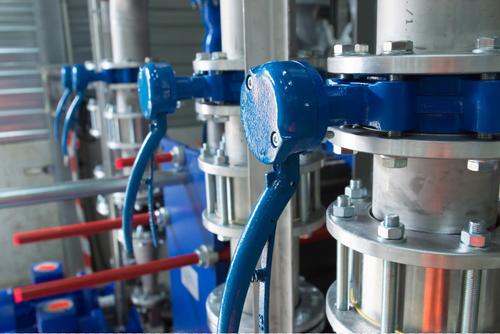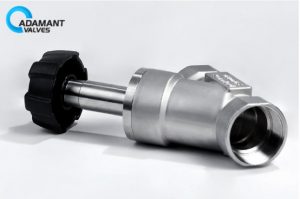The Maintenance of Valve Stuffing

1. Stuffing is a key sealing member that is directly related to whether there’s a leakage when the valve opens or closes. If the stuffing is no longer functional and causes leakage, the valve is in effect no longer functional.
Especially the urea pipeline valve, because of its relatively high temperature and corrosion, stuffing is prone to aging. Enhanced maintenance can extend the service life of the stuffing.
2. In order to ensure the elasticity of the stuffing, when sanitary valve is ready to be out of the factory, a pressure test is conducted under static conditions to make sure there’s no leakage.
When the valve is installed in the pipeline, due to temperature and other factors, the leakage might happen. When leakage happens, we must tighten the nuts on both sides of the stuffing lid of the valve. Tighten the nuts once again if leakage happens again Do not tighten the nuts to the extreme so as not to make the stuffing lose elasticity and sealing performance.
3. Some valve stuffing contains molybdenum disulfide lubricant. After several months of use, appropriate lubricating grease should be timely added to the stuffing. When there’s a need to increase the amount of stuffing, corresponding stuffing should be timely added to ensure the sealing performance of the valve.
4. During the opening and closing process of the valve, the original lubricating oil will continue to drain. Coupled with the temperature, corrosion, and other factors, the lubricating oil will continue to dry. So we need to constantly check the transmission parts of the valve. Once a lack of oil is found, we should timely replenish it to prevent the failures such as increased wear, inflexible transmission, and being stuck due to lack of lubricant.





